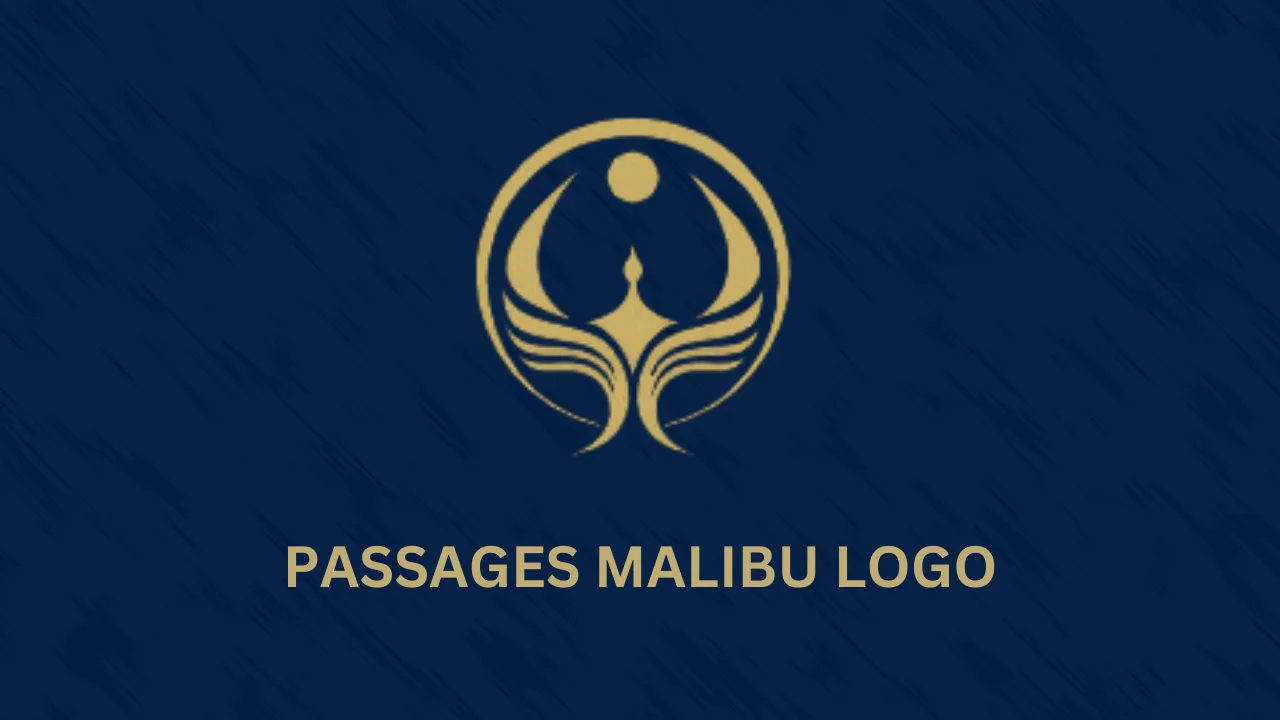In the realm of addiction recovery, a facility’s visual branding can significantly influence public perception and trust. The Passages Malibu logo exemplifies thoughtful design that mirrors the center’s dedication to holistic healing and personal transformation. This analysis dissects its key components and contrasts it with logos from other notable U.S. addiction treatment centers to highlight its unique appeal.
The Core of the Passages Malibu Logo
Passages Malibu stands as a premier luxury rehab center in the United States, renowned for its non-12-step, individualized approach to addiction treatment. Its logo captures the essence of serenity, support, and renewal, using a refined design that fosters immediate recognition and emotional resonance. What contributes to its success?
1. Typography and Font Choice
The typography in the Passages Malibu logo features a clean, modern sans-serif font that underscores the center’s innovative stance on recovery. The sharp yet gentle lines project reliability and approachability, blending authority with empathy—essential traits for fostering a therapeutic environment.
This font choice promotes readability and a sense of contemporary sophistication, aligning with Passages Malibu’s reputation as a cutting-edge facility. It avoids heaviness, instead offering a balanced presence that reassures viewers of the center’s expertise without overwhelming.
2. Color Scheme
Employing a tranquil golden-beige palette, the logo evokes feelings of peace, nobility, and inner harmony. These tones symbolize hope and balance, ideal for a brand focused on wellness and overcoming addiction. The subtle warmth of beige-gold suggests enlightenment and stability, drawing on psychological associations with positivity and restoration.
A gentle gradient adds depth, representing the progressive path of recovery. This color strategy not only enhances visual appeal but also psychologically supports the theme of gradual, positive change experienced by clients at the center.
3. Iconography
At the logo’s heart is an abstract emblem depicting a silhouetted figure with arms uplifted, surrounded by curving lines akin to wings or flames. This imagery signifies liberation, achievement, and spiritual upliftment, with the smooth contours emphasizing purity and ease.
A circular element above represents the sun or completeness, implying rebirth and fresh starts. Centrally, a droplet-like shape evokes a flame or candle, symbolizing inner illumination and purification. Together, these elements tie into Malibu’s scenic backdrop, linking physical serenity with emotional renewal.
The Brand Message: What Does the Logo Convey?
Overall, the logo projects serenity, expertise, and metamorphosis. It assures prospective clients of a supportive haven for growth and healing. By harmonizing colors, fonts, and symbols, it builds an aura of dependability, equilibrium, and optimism—core to Passages Malibu’s philosophy.
Comparing Passages Malibu with Other Addiction Treatment Centers in the U.S.
To appreciate the Passages Malibu logo’s strengths, it’s helpful to juxtapose it against those of other esteemed U.S. rehab facilities. This reveals diverse branding strategies and lessons in visual communication.
1. Hazelden Betty Ford Foundation
The Hazelden Betty Ford Foundation’s logo employs robust typography paired with a welcoming color scheme of deep blue and sunny gold. The blue denotes dependability and expertise, while gold infuses warmth and positivity.
In contrast to Passages Malibu’s fluid elegance, this design feels more institutional, using a serif font to evoke heritage and credibility. The vivid hues emphasize hope and evolution in recovery.
Comparison:
- Passages Malibu prioritizes soothing tones and graceful forms for a calming, restorative vibe.
- Hazelden Betty Ford leans into stronger, more corporate features to highlight experience and uplifting change.
2. The Ranch Tennessee
Featuring an earthy mix of greens and browns, The Ranch Tennessee’s logo mirrors its nature-centric therapy model. This palette suggests grounding and vitality, complemented by a serif font for a timeless, rooted aesthetic.
Its icon includes a understated mountain silhouette, representing triumph over adversity and harmony with the environment—key to the center’s outdoor-focused healing.
Comparison:
- Passages Malibu emphasizes flow and elevation through its uplifting figure and wings.
- The Ranch Tennessee highlights stability and conquest via natural motifs and earthy visuals.
3. Sober Living by the Sea
Sober Living by the Sea’s logo incorporates a whimsical sun-and-wave motif in vibrant yellows and blues, capturing relaxation and liberation. The colors promote joy and freshness, with straightforward typography fostering accessibility.
This design ties directly to its coastal setting, portraying recovery as an enjoyable, reachable process.
Comparison:
- Passages Malibu conveys upscale tranquility and inner elevation.
- Sober Living by the Sea stresses delight and emancipation through lively, seaside-inspired elements.
What Makes Passages Malibu Stand Out?
The Passages Malibu logo distinguishes itself through its fusion of elegance and subtlety, steering clear of aggressive or ornate styles. Its refined sophistication signals luxury and calm, appealing to those desiring a discreet, high-end recovery experience. Unlike the traditional authority of Hazelden Betty Ford or the rustic grounding of The Ranch Tennessee, Passages Malibu targets audiences valuing privacy, modernity, and spiritual renewal.
Understanding Their Original Slogan
The initial slogan, “Addiction Ends Here,” delivers a direct, assertive promise of closure. While powerful, it may risk minimizing the lifelong nature of recovery, portraying it as a definitive endpoint rather than an ongoing evolution.
Alternative Slogan Ideas in Hemingway’s Tone
Drawing from Hemingway’s straightforward, unadorned prose, here are three alternative slogans that capture essence with brevity and honesty:
- “Face the Cause.” – Direct, urging confrontation with underlying issues for true healing.
- “Rise Renewed.” – Concise, evoking emergence from struggle into strength and clarity.
- “Path to Peace.” – Simple, highlighting the journey toward inner calm and freedom.

